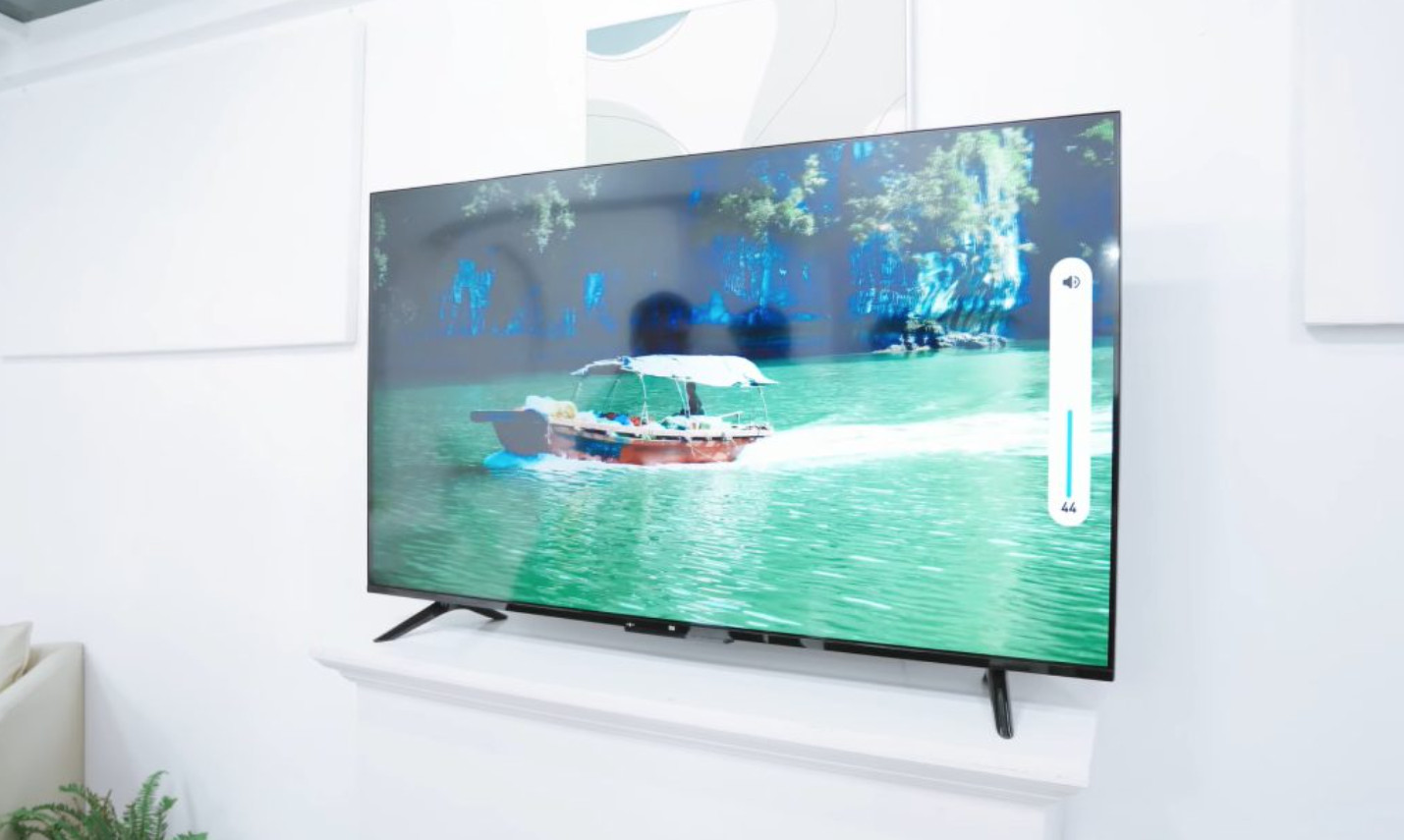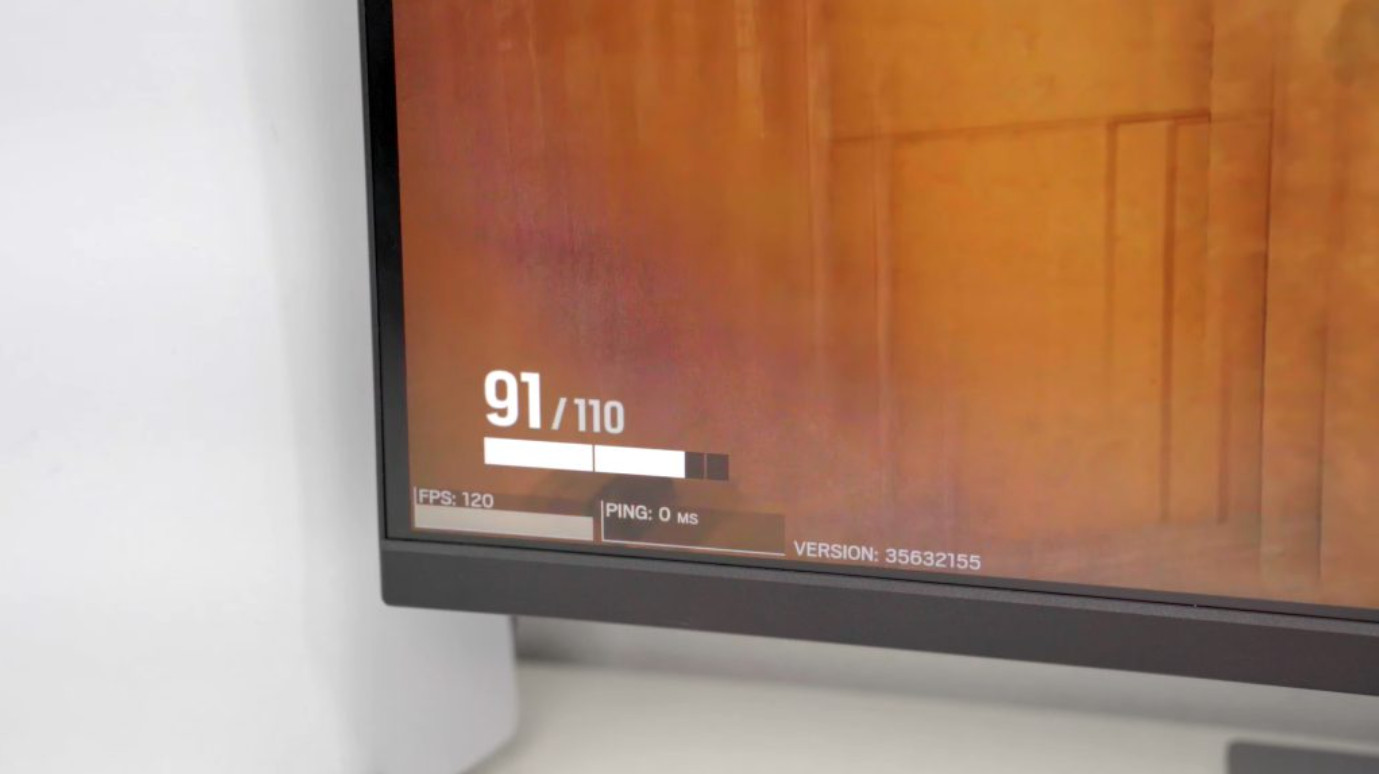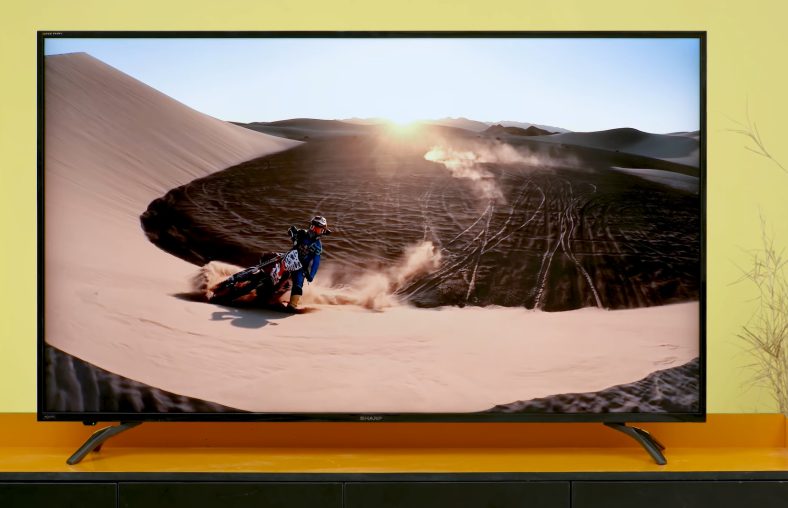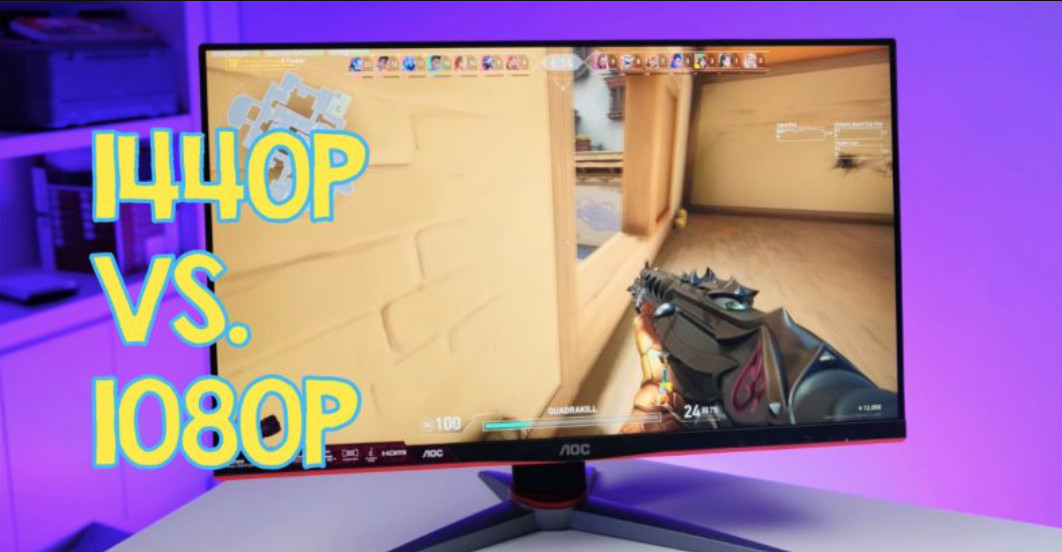Is 3840×2160 4K? Everything you need to know
Is 3840×2160 4K? This question has caused a lot of confusion because many people consider them the same thing. If you are among them, we can help clear your path with the detailed explanation below.
In this article, we will cover everything about these phrases and how they differ from each other. Let’s join us to discover!
Table of Contents
Is 3840×2160 4K?
No. Many people or even some manufacturers use these phrases interchangeably, and they are two separate things. They have different resolutions and, therefore, apply to different devices.
The most common reason for this misunderstanding is their similar resolution and the ability to display accurate pictures. Some TVs come with a 4K label although they have 3840×2160 pixels.
It’s necessary to discover the two terms to understand their uses and quality.
What is a 3840×2160 monitor?
3840×2160 is the resolution of Ultra HD (or UHD) video format. This rate is twice more pixels as the standard version of Quad Full HD.
Since 2012, all UHD monitors have had 3840×2160 pixels, which implies they have four times the pixels of Full HD displays.
After years of advancement, there are two UHD resolutions now: 3840×2160 (UHD 4K) and 7680×4320 (UHD 8K).
What is 4K?
4K is the horizontal resolution of a 4096-pixel screen, with vertical pixels of 2160. Hence, we often call it ‘4K2K.’
The 4K display is four times better than Full HD in terms of pixels. With such an impressive rate, the image will be more accurate and detailed.

Difference Between Ultra HD and 4K
Ultra HD and 4K have the same vertical pixels. Yet, they are different in terms.
Resolution
The resolution of 4K is 4096×2160 pixels, known as 2160p. UHD, on the contrary, is 3840×2160 pixels, commonly known as 2160p.
Although they have the same picture ratio of 16:9, the 4K has more pixels and delivers slightly better images. As a result, it’s an excellent option for cinema and digital production.
Standards
4K in cinematography has DCI (Digital Cinema Initiatives) standard for broadcasting. Meanwhile, the standard for UHD television is UHD-1 or 4K UHD.
Related:
– Can you play 1080p on a 1440p monitor?
– 1080i vs 720p
Devices
4K is a common phrase in cinemas. Thanks to its ability to deliver high-quality images, many cinema projectors feature this format.
Meanwhile, Ultra HD is more popular for home use. Hence, you can easily find UHD 4K or 8K television.

Performance
Several factors determine the performance of a display. In this section, we use viewing distance and clarity to assess the two formats.
- Viewing distance
The extra resolution of 4K allows you to sit further but still get the most from the display. It’s a great choice to fill up your view for an immersive experience.
Please note that since the gap in resolution between the two formats is not big, you can still have a good experience with UHD.
- Clarity
4K is the winner in this aspect. The high resolution makes it a perfect choice for digital production and filming.
We have compared the two video formats in essential terms. This comparison table will help summarize their differences.
| Criteria | 4K | Ultra HD |
| Resolution | 4096×2160 | 3840×2160 |
| Standards | DCI 4K | UHD-1 or 4K UHD |
| Devices | Cinemas | TVs |
| Performance | Excellent | Good |
The high number of pixels of 4K doesn’t mean that it should always be your choice. You’d better consider all the necessary factors before deciding.
So, when should you choose UHD? This video format will suffice if you need a good display for entertainment content. The pixel rate of 3840×2160 can deliver crisp pictures.
When should you go for the 4K? It can work nicely for two purposes:
- Editing films and photos
- Projecting movies in cinemas
The excellent picture clarity this format offers will give you a fantastic experience. However, you also need to expect a high price.

It would be best to buy a device that can adapt to every form of content. To do so, you may need to ignore some of its drawbacks; even a 4K Ultra HD TV can work for you in this term.
Please note that the difference in picture quality between 4K and UHD is quite minimal. You can still have great visual effects and a good viewing angle.
Related: 1440p Vs 1080p
Other Abbreviations For Screen Resolutions
Aside from 4K and Ultra HD, you have many options for video formats. Let’s check and learn more about the picture production industry.
HD
- Resolution: 1280×720
- Availability: In small devices
This standard is present in some HD TV programs. Yet, most devices these days have at least Full HD content, reducing the popularity of HD-ready equipment.
Full HD
- Resolution: 1920×1080
- Availability: Widely but most popular in Blu-ray discs
This format has 2 million more pixels than HD. You can find it on Blu-ray devices. Yet, only UHD Blu-ray supports the true resolution.
2K
- Resolution: 2048×1080
- Availability: In DCI
2K is the intermediate format between Full HD and UHD. It’s not widely available in the market but adopted in DCI film production.
8K
- Resolution: 7680 x 4320
- Availability: In projection equipment
This standard is only available in the commercial market in recent years and works best in projection equipment. You can find it in various display proportions, such as 21:9, 17:9, and 16:9.
10K
- Resolution: 10328 × 7760
- Availability: In UltraWide screens
10k is now the highest resolution possible. Its impressive pixel number allows it to create stunning visual effects even on UltraWide screens.

Conclusion
3840×2160 resolution is what a UHD display offers you. Meanwhile, the 4K display comes with a resolution of 4096×2160.
When checking carefully, you may notice that the 4K screen has sharper images. Yet, the gap in picture quality between the two formats is minor.
Hopefully, you will find this article helpful. For any further information, please feel free to ask. Thank you for reading!





